Ethnicity Jewish Siblings Aleksandra Leśmianówna | Occupation Poet Nationality Polish Children Dunia Leśmian | |
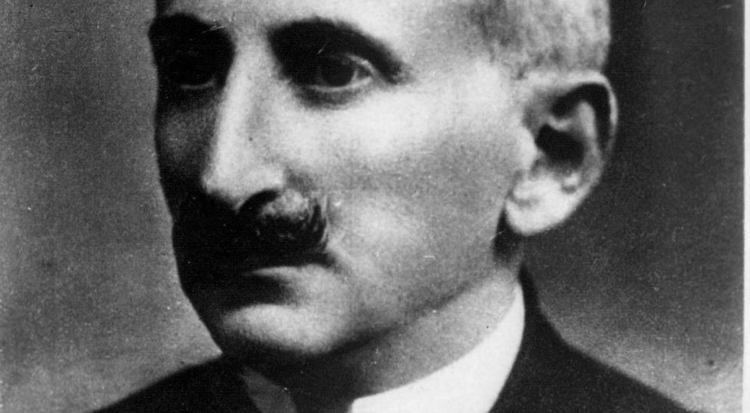 | ||
Parents Józef Lesman, Emma Sunderland Books Mythematics and extropy, Marvellations: The Best‑love, Love - Sex and Death in the Po, Magic & glory: Polish po Similar Julian Tuwim, Leopold Staff, Jan Lechoń, Jan Kochanowski, Maria Pawlikowska‑Jasnorzewska | ||
Jacek telus boles aw le mian poet serie
Bolesław Leśmian (born Bolesław Lesman; January 22, 1877 – November 5, 1937) was a Polish poet, artist and member of the Polish Academy of Literature. He was one of the most influential poets of the early 20th century in Poland. He was also a cousin of another notable poet of the epoch, Jan Brzechwa, and nephew of the famous poet and writer of Young Poland, Antoni Lange.
Contents

Jacek telus boles aw le mian poet serie
Biography
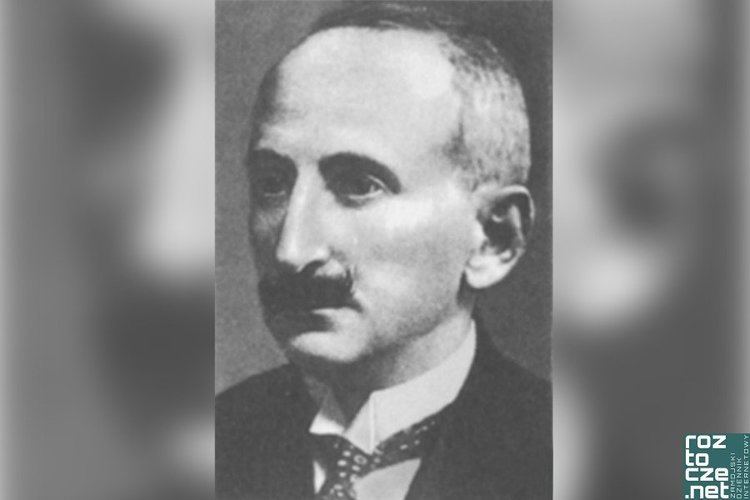
Bolesław Leśmian was born January 22, 1877 in Warsaw, Congress Poland, Russian Empire to a family of Polonized Jewish intelligentsia. He spent his childhood and youth in Kiev, where he graduated from the law faculty of Saint Vladimir University. In 1901, he returned to Warsaw. From there, he set off on a journey to various European cities, including Munich and Paris, where he married a painter, Zofia Chylińska. Heavily influenced by French modernists, Leśmian returned to Warsaw, where he became one of the founders of an experimental Artistic Theatre. There he also met one of his closest friends, Zenon Przesmycki, with whom he became involved in the publication of Chimera, an art newspaper.
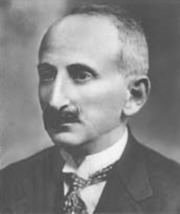
Although he made his debut in 1895 (a series of poems published in Wędrowiec magazine), his works initially went unnoticed. To sound "more Polish", Leśmian adopted a slightly modified version of his surname which included typically Polish sounds (previously it had been Lesman). According to various conflicting sources, the author of the pen-name which eventually became his official surname was either the known poet and poet's uncle Antoni Lange, or a renowned bon-vivant of Warsaw, Franc Fiszer. The first booklet issued in Warsaw in 1912 (Sad Rozstajny) did not bring him much publicity either, and in 1912 Leśmian moved back to France. He returned in 1914.
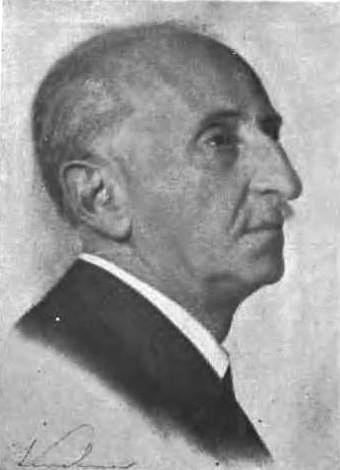
From 1918 until 1934, he worked as a manager of large landed estates in Hrubieszów and then as a lawyer in Zamość. At the same time he published the best known of his books: Łąka (The Meadow, 1920) and Napój cienisty (Shadowy Drink, 1936). In 1933, he was accepted as a permanent member of the Polish Academy of Literature. In 1935, he moved back to Warsaw, where he died two years later. He is buried in Powązki Cemetery, in the Alley of the Meritorious, among other notable Polish writers, politicians and military men.
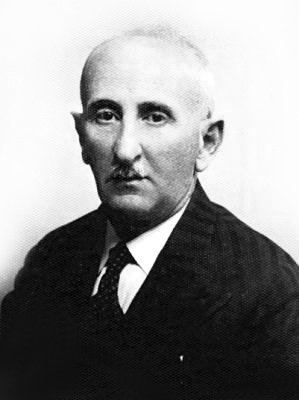
His daughter, Dunia Leśmianowna later married British adventurer and traveller Denis Hills. Actress and singer Gillian Hills was born of this marriage in 1944.
Works
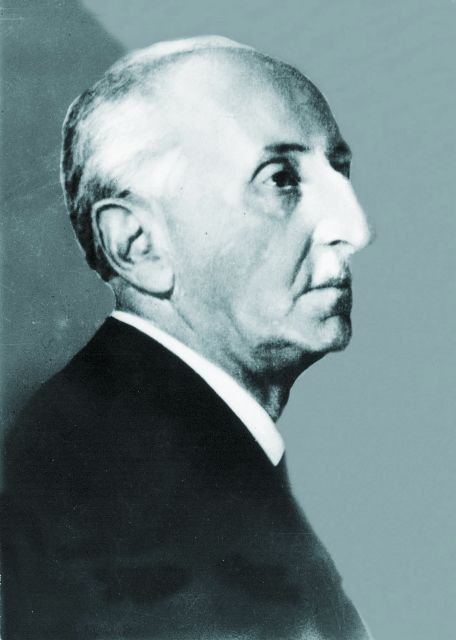
Leśmian developed a unique style of his own. In his poems, in a fantastical, mythical and fabulous environment, often related to Polish folklore and traditions, he described his life philosophy. Protagonists of his works are usually handicapped humans, struggling between their culture and Nature, unable to accept their fate. He also expressed the idea that poets are examples of primitive mankind, the only ones able to live with both culture and Nature.
His style is also notable for numerous neologisms, many of which are still in use in everyday Polish language. Since his death, he has been called one of the greatest Polish poets ever and certainly one of the most interesting artists of the interwar period. He was also the creator of a unique stylised Polish folk ballad and personal lyrics. In addition, he is frequently mentioned as the most notable poet to write erotic poetry in Polish.
